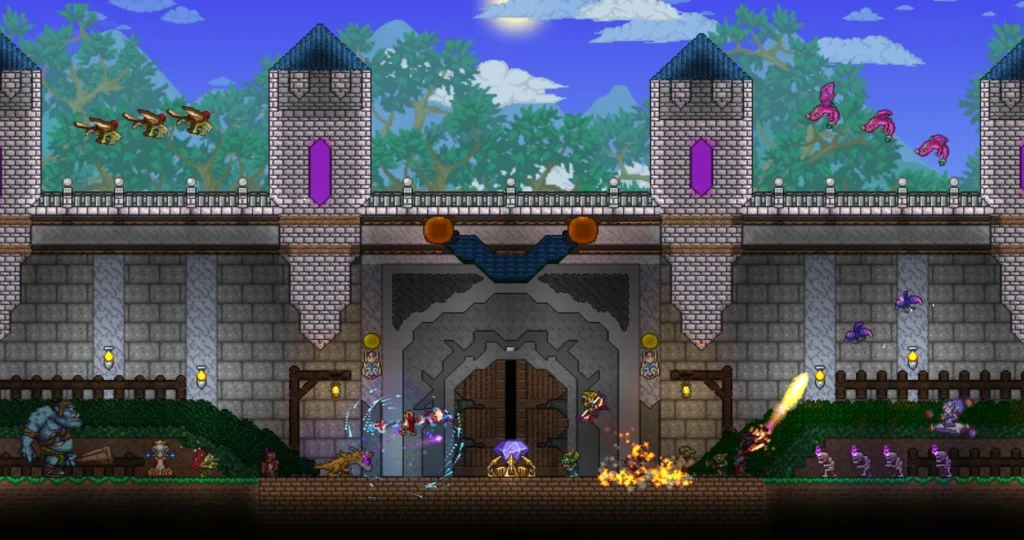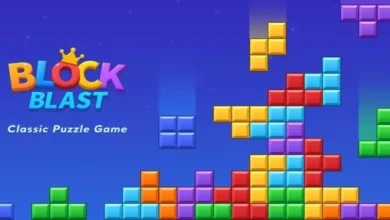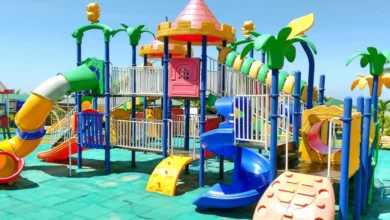Terraria House Designs: How to Avoid Common Building Mistakes

Terraria House Building houses in Terraria is one of the most enjoyable aspects of the game, whether you’re constructing a simple shelter for NPCs or an elaborate castle in the sky. However, many players—especially beginners—make mistakes that lead to inefficient, ugly, or even non-functional homes.
In this guide, we’ll explore the most common Terraria house design mistakes and how to avoid them. By following these tips, you can create aesthetically pleasing, practical, and NPC-friendly structures that enhance your gameplay experience.
1. Ignoring NPC Housing Requirements
Mistake:

Terraria House Many players build houses without checking if they meet the game’s NPC living conditions, which can lead to frustration when NPCs refuse to move in.
Solution:
A valid Terraria house must have:
- Walls (player-placed background walls, not natural ones like dirt or stone).
- A light source (torch, lantern, or other furniture that emits light).
- A flat surface item (table, workbench, or similar).
- A comfort item (chair, bed, or bench).
- Enclosed space with a door or platform entrance.
- Minimum size of 60 tiles (10×6 or equivalent).
Always check the housing menu (? icon when selecting a house) to ensure your build qualifies.
2. Overcrowding or Poor Room Layouts
Mistake:
Terraria House Stacking too many NPCs in a single large room or making rooms too small and cramped.
Solution:
- Optimal NPC room size: 6×10 tiles (enough space for furniture without feeling cluttered).
- Leave walking space: NPCs need room to move; avoid blocking paths with excessive decor.
- Vertical vs. horizontal layouts:
- Vertical towers save space but can look bland.
- Horizontal apartments allow better thematic designs but take up more land.
- Use varied shapes: Hexagonal rooms, L-shaped designs, or split-level floors add visual appeal.
3. Using Boring, Repetitive Materials
Mistake:
Building every house with the same wood and stone makes towns look monotonous.
Solution:
- Mix materials: Combine wood types (e.g., boreal, palm, mahogany) for texture variety.
- Use paint: Different colours can make similar blocks look unique.
- Biome-themed builds:
- Snow biome? Try ice bricks and boreal wood.
- Jungle? Use rich mahogany and living leaf walls.
- Desert? Sandstone and palm wood work well.
4. Poor Lighting Choices
Mistake:
Placing basic torches everywhere creates a dull or overly bright environment.
Solution:
- Themed lighting:
- Dungeon: Use blue or green dungeon candles.
- Fairy tale: Chandeliers and lanterns add elegance.
- Modern: Lamps and neon-style lights fit better.
- Hidden lighting: Place lights behind walls or under platforms for ambience.
- Avoid torch spam: Use a mix of wall-mounted and hanging lights.
5. Lack of Defense Against Enemies
Mistake:
Building houses without considering enemy invasions leading to constant attacks.
Solution:
- Raised foundations: Terraria House Build houses at least 6-8 blocks above ground to deter zombies.
- Sunflowers: Reduce enemy spawn rates when placed nearby.
- Traps & defences:
- Dart traps (for early-game protection).
- Lava moats (effective but risky for NPCs).
- Peace Candles (reduce enemy spawns).
- Town NPC bonus: Having at least 3 NPCs nearby reduces enemy spawns.
6. Forgetting About Mobility & Accessibility
Mistake:
Building houses with no easy way to enter/exit slows down movement.
Solution:
- Platform entries: Terraria House Replace doors with platforms for smoother movement.
- Teleporters & minecart tracks: Useful for large bases.
- Rope or staircase systems: Helps navigate multi-storey builds.
- Avoid dead ends: Ensure NPCs and players can move freely.
7. Not Planning for Future Expansions
Mistake:
Buildings are too small, forcing you to demolish and rebuild later.
Solution:
- Leave space for future NPCs or storage rooms.
- Modular designs: Build-in sections that can be expanded.
- Underground/overground expansion: Plan vertical or horizontal growth.
8. Ignoring Aesthetic Details
Mistake:
Focusing only on function leads to bland, uninspired houses.
Solution:
- Add depth: Use walls, beams, and overhangs.
- Decorations: Paintings, bookshelves, and plants bring life.
- Roof designs: Sloped, pagoda-style, or domed roofs improve visuals.
- Background walls: Mix patterns (e.g., wood + stone bricks).
9. Building in Unsafe Biomes Without Protection
Mistake:
Placing houses in Corruption/Crimson or near hostile biomes.
Solution:
- Purify nearby areas with the Clentaminator.
- Build a protective barrier (5-block gap with non-corruptible blocks).
- Underground bunkers (safe from surface threats).
10. Not Using the Right Tools for Building
Mistake:
Building manually without efficiency tools.
Solution:
- Ruler & Smart Cursor: Helps with precision.
- Actuators: For hidden doors and creative designs.
- Copy/Paste (Journey Mode): Saves time on repetitive builds.
Final Tips for Perfect Terraria House Designs
- Experiment! Try different shapes, colours, and themes.
- Get inspiration from YouTube and forums.
- Balance form & function—a good house should look great and work well.
By avoiding these common mistakes, your Terraria houses will be both beautiful and functional. Happy building!
Word Count: ~1,850**
This guide ensures players can create amazing Terraria homes while avoiding pitfalls. Let me know if you’d like any refinements or additional sections!
5 FAQs on “Terraria House Designs: How to Avoid Common Building Mistakes”
1. Why won’t my NPCs move into the houses I built?
Your house might be missing key requirements. Check if it has:
✔ Player-placed background walls (no natural walls like dirt or stone).
✔ A light source (torch, lantern, etc.).
✔ A flat surface (table/workbench) and comfort item (chair/bed).
✔ Enclosed space with a door/platform entrance.
Use the Housing Query tool (?) to verify validity.
2. How can I make my Terraria houses look less boring?
- Mix materials (e.g., combine wood types, use stone accents).
- Add depth with beams, overhangs, and layered walls.
- Use paint to customize blocks and furniture.
- Incorporate biome-themed decor (e.g., ice crystals for snow, vines for jungle).
3. What’s the best way to protect my house from enemies?
- Raise the foundation (6–8 blocks above ground to avoid zombies).
- Place Sunflowers (reduce enemy spawn rates).
- Use Peace Candles or NPC proximity (3+ NPCs lower spawns).
- Avoid Corruption/Crimson nearby (dig a 5-block gap to prevent spread).
4. How big should an NPC room be?
The minimum is 60 tiles (e.g., 6×10), but for comfort:
- 6×10 to 8×12 is ideal.
- Leave 3 blocks of walking space for NPCs to move freely.
- Avoid overcrowding—each NPC needs a valid room.
5. Can I use platforms instead of doors for NPC houses?
Yes! Platforms count as valid entrances, and they’re often better because:
- They allow easier movement (no door-opening delays).
- Enemies can’t open them, improving security.
- They work well in multi-story builds for quick access.





